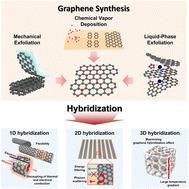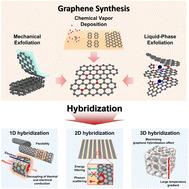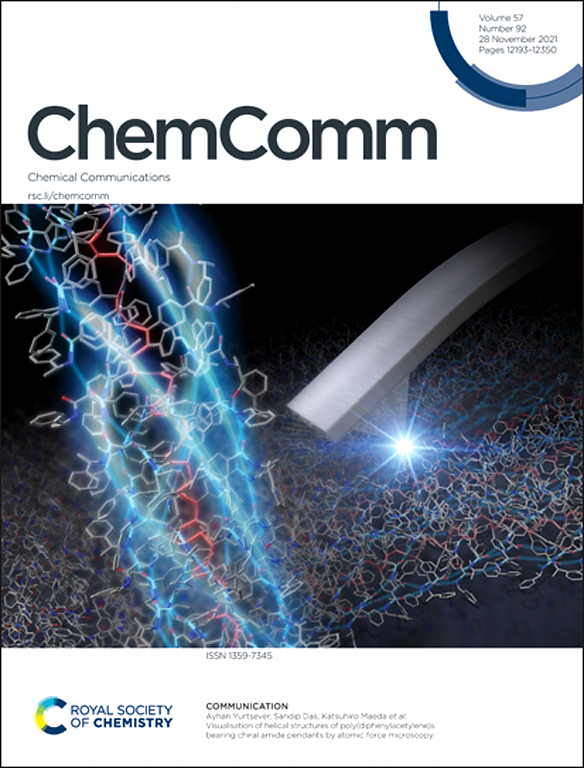石墨烯基热电材料:迈向可持续能量收集系统
IF 4.2
2区 化学
Q2 CHEMISTRY, MULTIDISCIPLINARY
引用次数: 0
摘要
在可持续能源收集系统中,热电技术因其直接将热转化为电的能力和多种应用而引起了相当大的关注。石墨烯具有优异的导电性和机械性能,是一种很有前途的热电材料。然而,高效的热电应用需要具有高塞贝克系数和低导热系数的材料,而石墨烯由于其无间隙能带结构和弹道热传导而无法满足这些标准。本文综述了石墨烯的热电特性、优化策略以及石墨烯杂化在热电应用中的潜力。为了克服石墨烯在热电应用上的固有局限性,本文讨论了基于其合成方法的纳米结构策略。此外,介绍了石墨烯杂交的策略,重点是通过与各种尺寸的纳米结构材料相互作用来最大化热电效率。最后,对石墨烯基热电材料的发展潜力和未来的研究方向进行了展望。本文章由计算机程序翻译,如有差异,请以英文原文为准。


Graphene-based thermoelectric materials: toward sustainable energy-harvesting systems
Among sustainable energy-harvesting systems, thermoelectric technology has attracted considerable attention because of its ability to directly convert heat into electricity and diverse applications. Graphene, with its exceptional electrical conductivity and mechanical properties, is a promising candidate for thermoelectric materials. However, efficient thermoelectric applications require materials with a high Seebeck coefficient and low thermal conductivity—criteria that graphene does not inherently satisfy, owing to its gapless energy band structure and ballistic thermal conduction. This review examines the thermoelectric properties of graphene, optimization strategies, and the potential of graphene hybridization for thermoelectric applications. To overcome the intrinsic limitations of graphene for thermoelectric utilization, nanostructuring strategies based on its synthesis methods are discussed. Furthermore, strategies for graphene hybridization are introduced, with a focus on maximizing thermoelectric efficiency through interactions with nanostructured materials of various dimensions. Finally, the potential of graphene-based thermoelectric materials and future research directions are discussed.
求助全文
通过发布文献求助,成功后即可免费获取论文全文。
去求助
来源期刊

Chemical Communications
化学-化学综合
CiteScore
8.60
自引率
4.10%
发文量
2705
审稿时长
1.4 months
期刊介绍:
ChemComm (Chemical Communications) is renowned as the fastest publisher of articles providing information on new avenues of research, drawn from all the world''s major areas of chemical research.
 求助内容:
求助内容: 应助结果提醒方式:
应助结果提醒方式:


